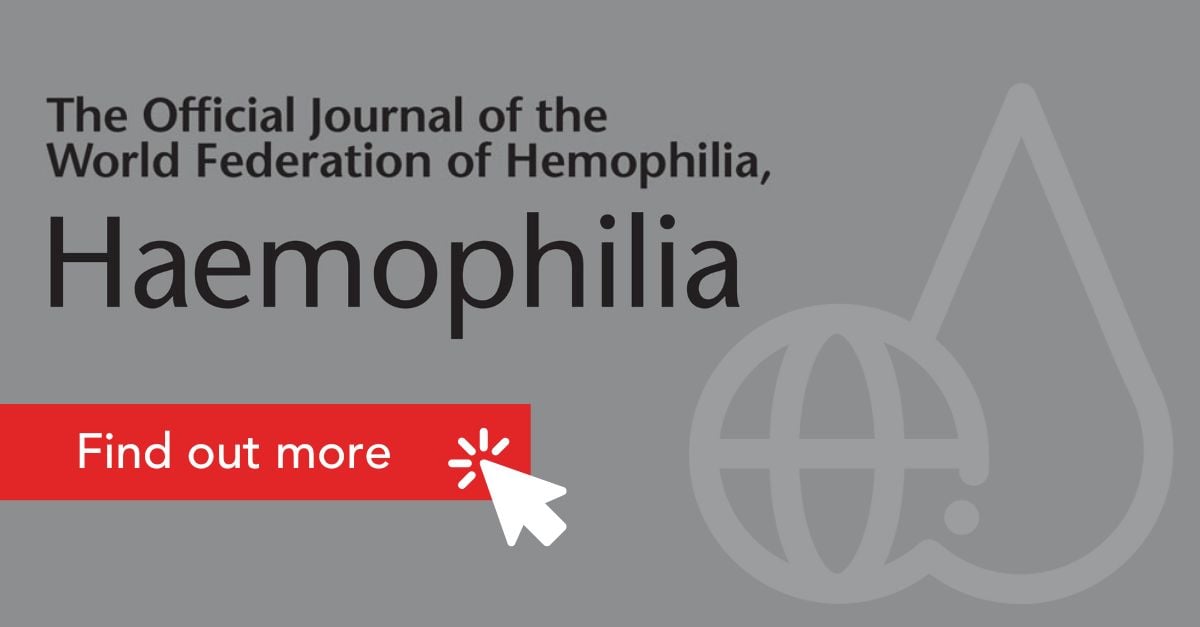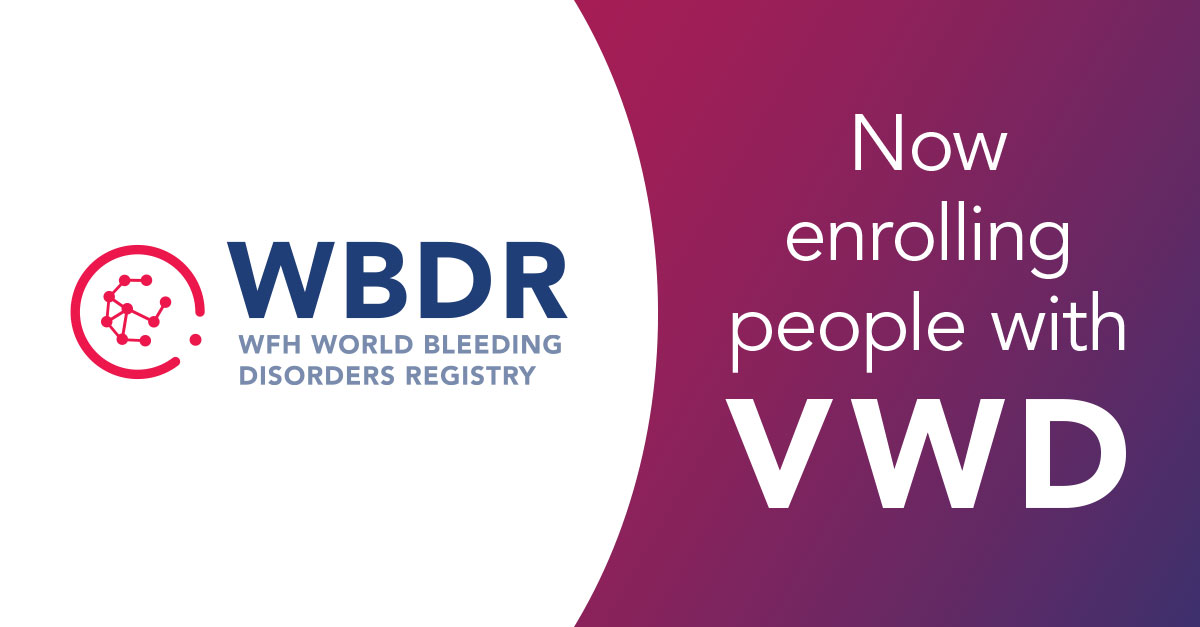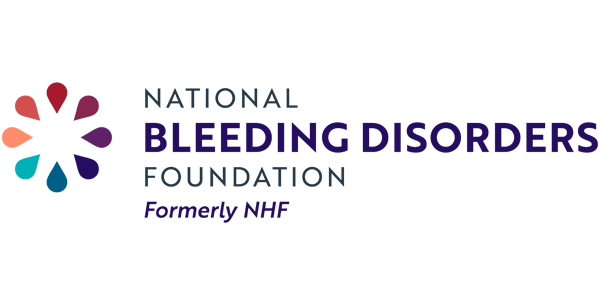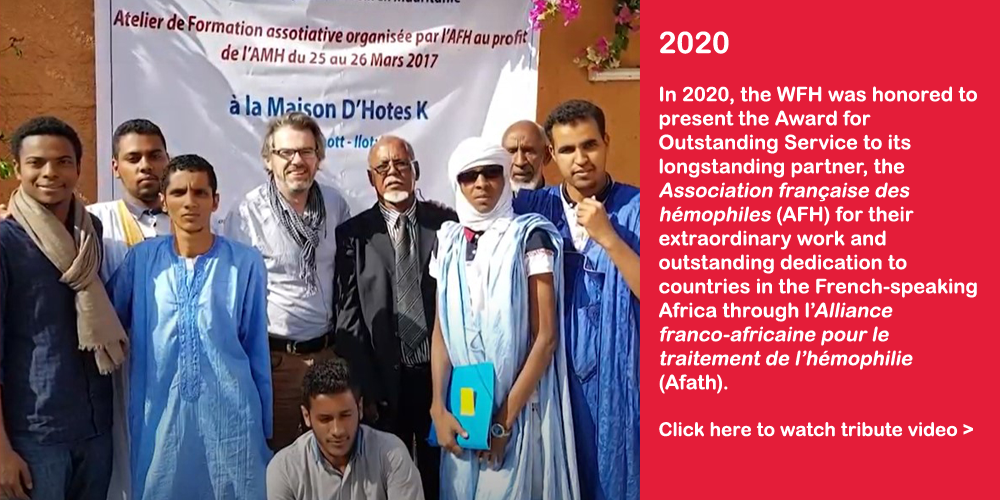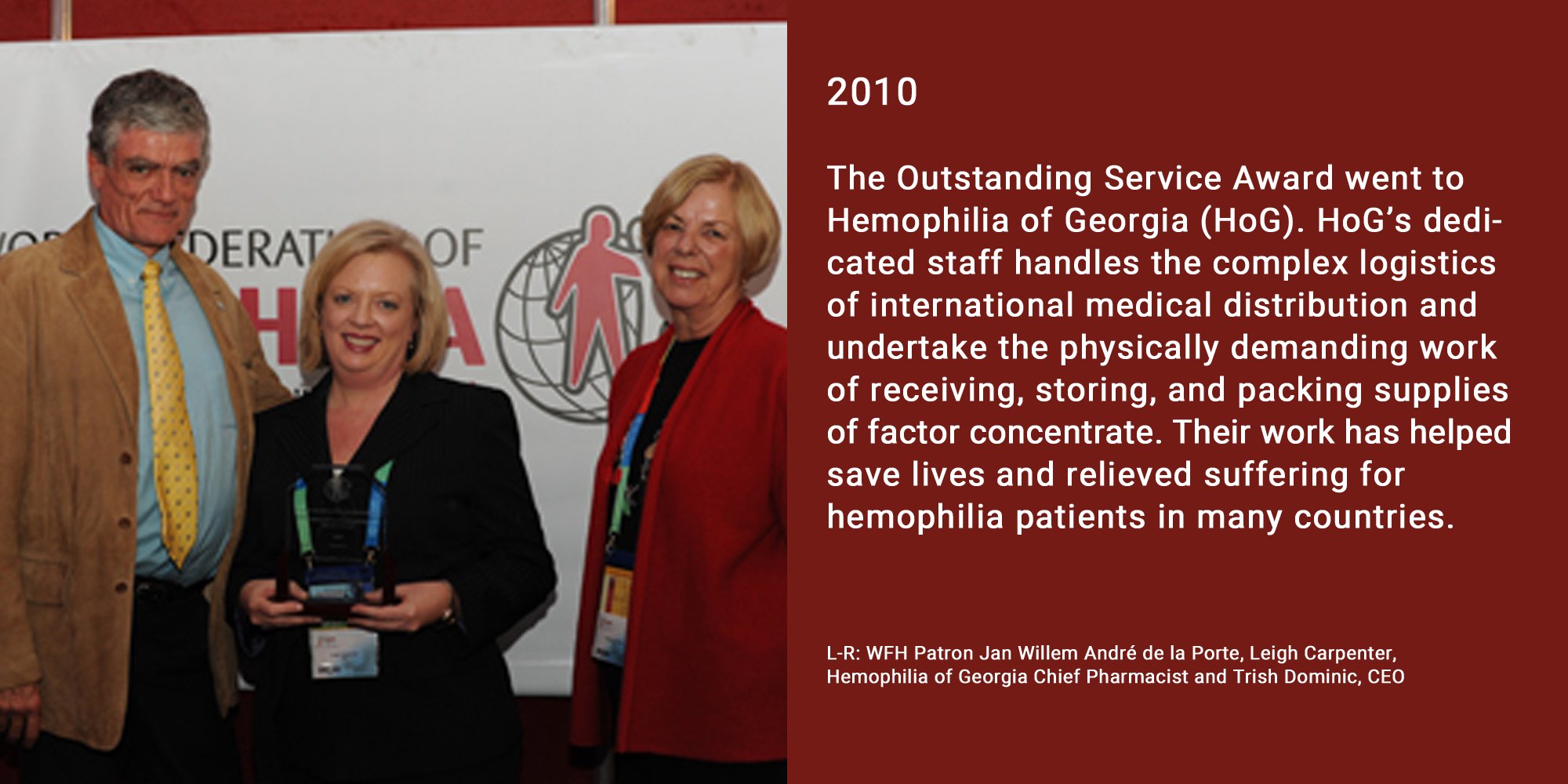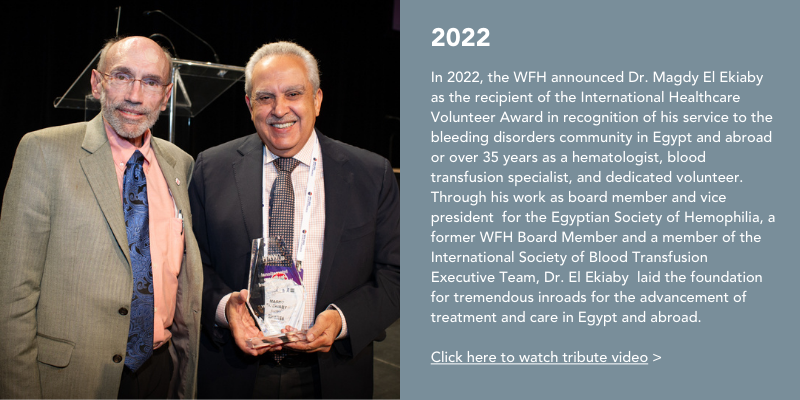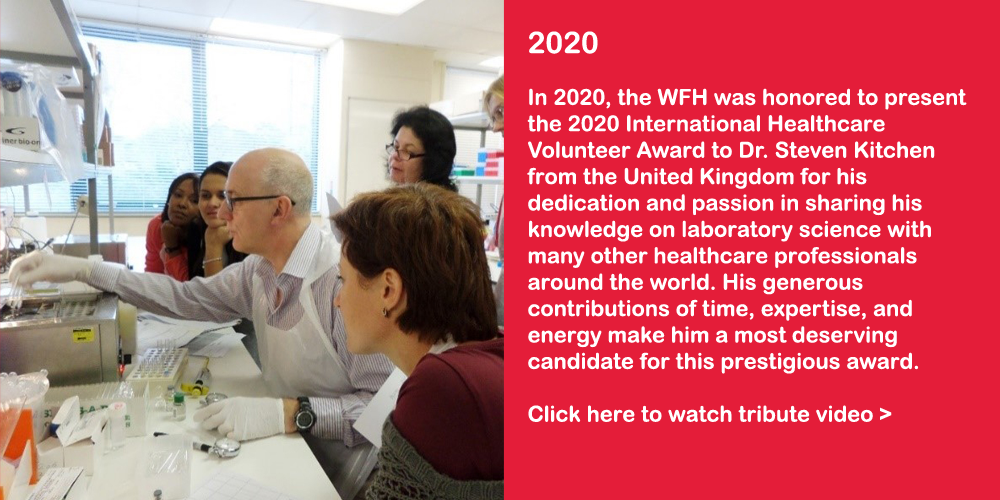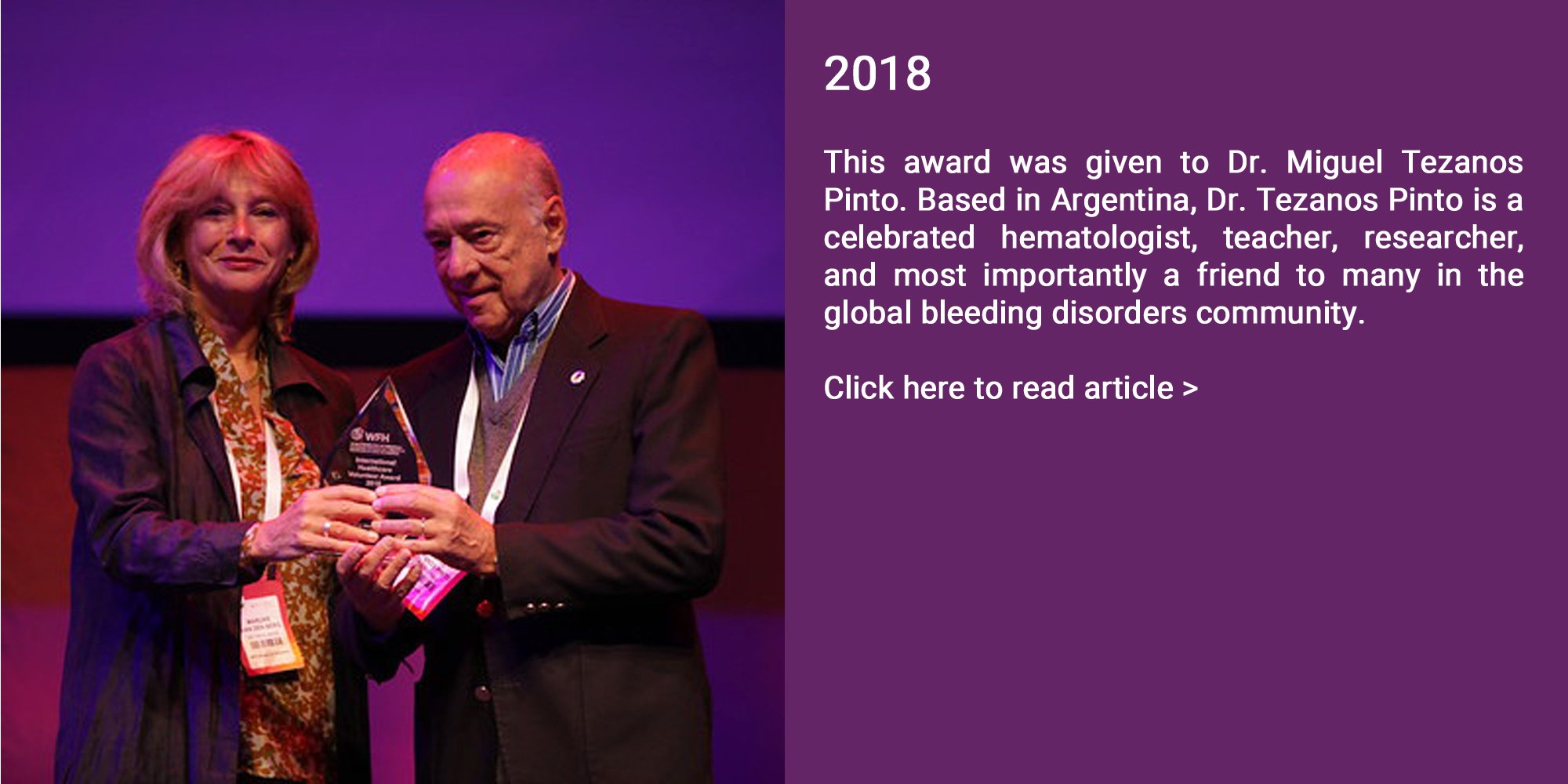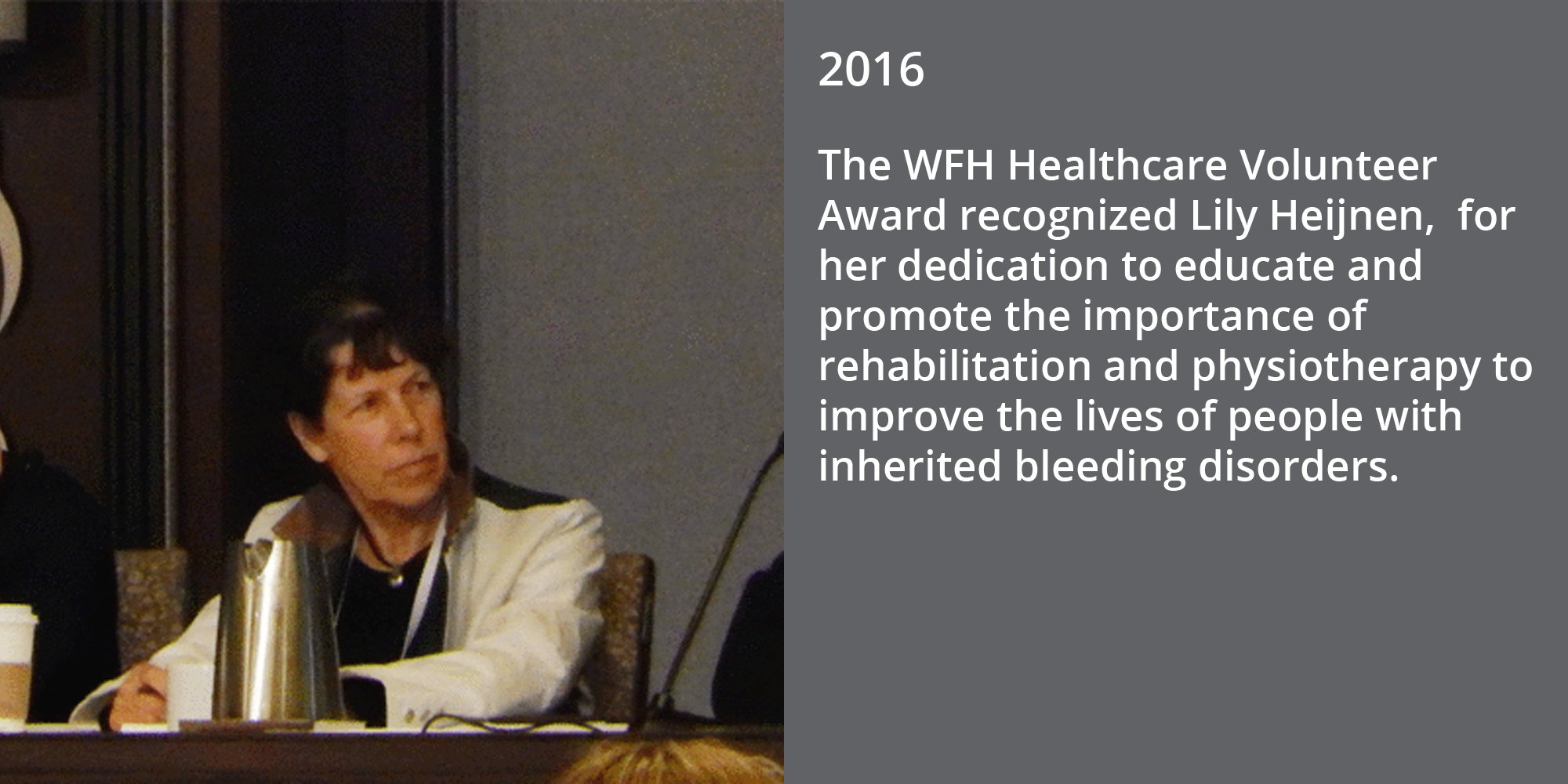With up to 1% of the world’s population suffering from von Willebrand disease (VWD), it is by far the most common type of bleeding disorder. However, significant lack of data on people with VWD remains a major challenge to effectively diagnose and manage this disease. By adding VWD to the WBDR platform, the WFH will be able to address a major gap in bleeding disorders data. This is an important development for our community, because WBDR data are invaluable for evidence-based advocacy, research, and for improving clinical practice.
While von Willebrand disease is the most common inherited bleeding disorder, there is a great deal of variability in how VWD is diagnosed and managed around the world. The inclusion of VWD in the WBDR will allow scientists, policy makers, and stakeholders to better understand the ways in which care for VWD is delivered, while helping them work toward improved care and quality of life globally.
Nathan Connell, MD MPH, WBDR-VWD Working Group, co-author of VWD diagnosis and management guidelines
Using the registry, healthcare practitioners will be able to address important research questions in the field, patient advocates can conduct evidence-based advocacy initiatives, and people with VWD from across the world can play an integral role in advancing the knowledge and management of the most common bleeding disorder. The VWD core dataset was developed by a dedicated working group of world renown experts in the field of VWD diagnosis and management, in collaboration with the WFH von Willebrand Disease and Rare Bleeding Disorders (VWD-RBD) Committee and the WBDR Steering Committee.
The WFH encourages HTCs and NMOs to join this important initiative. By contributing VWD data to the WBDR, you can help us advance the understanding of this bleeding disorder that affects so many people around the world.
HTCs wishing to join the WBDR to collect data on hemophilia and VWD, or NMOs wishing to promote it, can contact the WFH at [email protected]. To find out more about the WBDR, click here.
